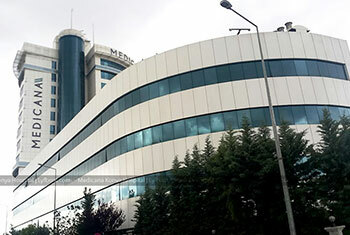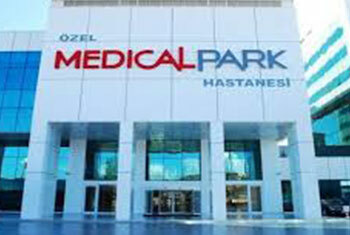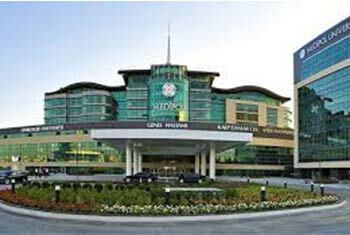Types of breast implants
The implants used for breast enlargement surgery are mainly of 2 types:
Silicone Gel-filled Breast Implant: This type of breast implant is filled with a soft elastic gel of silicone. The implants are pre-filled when they are inserted into the breast tissue and may require a wider incision. The silicone breast implant has a high success rate in providing a natural feel.
Some types of silicone gel are designed to have a textured surface, reducing the risk of causing complications, such as hardening. The FDA has approved these implants for breast augmentation in women age 22 or older.
Women who have silicone breast implants are recommended to undergo regular MRI or ultrasound screening to check the condition of the implants.
Saline Breast Implants: These implants have saline (sterile salt water) filled in the shell. The implants might be pre-filled before their insertion into the breasts or filled after they were placed under the breast tissue. As the saltwater solution is similar to other body fluids, it can be naturally and safely absorbed and expelled by the body if the implant collapses or leaks.
These breast implants provide a uniform shape and firmness along with a natural feel. The FDA has approved them for breast augmentation in women 18 years of age or older.
Structured saline breast implants are also filled with sterile salt water, but they contain an inner structure that gives them a more natural feel.
Breast implants are available in different shapes and structures. They can be categorized as:
Round Breast Implants: These implants are the oldest available breast implants used for enlargement. They are well-rounded and suit for the particular needs of the candidate.
Round implants can help a woman achieve more volume on the upper part of the breast. They also make breasts appear fuller than the form-stable implants, and some higher profiles can provide even more projection.
There is less risk of them rotating out of place, as round implants have the same shape all over.
Teardrop Breast Implants: These breast implants are not round but shaped in the form of a teardrop. These anatomical teardrop implants are more suitable for women with a petite body and looking for natural-looking but bigger breasts.
Gummy bear breast implants: These are form-stable breast implants that maintain their shape even when the implant shell breaks (therefore, known as gummy bear implants). They have a thicker consistency of silicone gel inside the shell and are firmer than the traditional silicone gel implants.
Shaped gummy bear breast implants provide more projection at the bottom while being tapered at the top. A gummy bear-shaped implant can rotate, leading to an unusual breast appearance, requiring a second corrective procedure. In addition, gummy bear implant placement may require a slightly wider incision on the skin.
Other types of breast implants are:
Smooth breast implants: These implants have the softest feel. As they can move within the breast implant pocket, it provides a more natural movement. Smooth implants may show palpable or visible rippling under the breast skin.
Textured breast implants: Texturing offers an advantage in diminishing the risk of a thick scar capsule. Most implants develop scar tissue that sticks to the implant – this makes them less likely to move inside the breast and prevents them from repositioning.







